Buckling walnut veneer
Siloxane
10 years ago
Related Stories
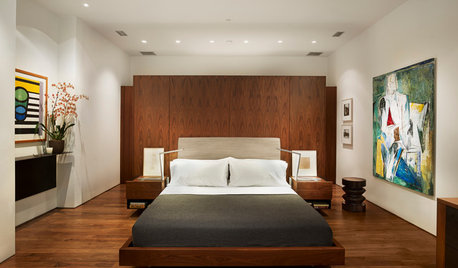
MATERIALSWoodipedia: Walnut Wows in Traditional and Modern Settings
With its rich color and lustrous polished finish, walnut is a favorite wood for all kinds of millwork
Full Story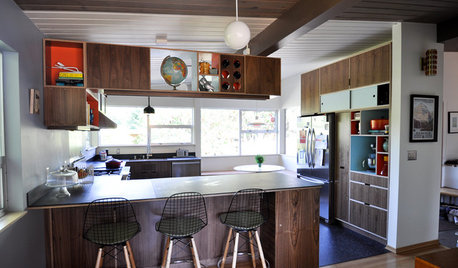
KITCHEN OF THE WEEKKitchen of the Week: Light, Chalkboard and Midcentury Style
Salvaged chalkboard countertops and walnut veneer star in an ecofriendly renovation of a Seattle family's midcentury kitchen
Full Story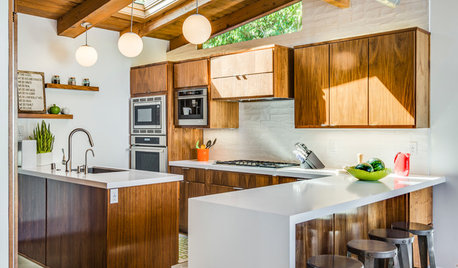
KITCHEN CABINETSNew This Week: 3 Modern Kitchens That Rock Warm Wood Cabinets
Looking for an alternative to bright white? Walnut cabinetry offers the perfect tone to warm things up
Full Story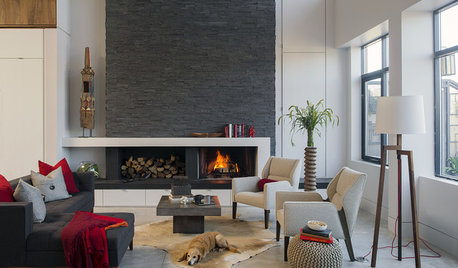
LOFTSHouzz Tour: Tying Together a Boston Loft
Walnut and other elements weave throughout a family’s condo, filled with multipurpose spaces and newly maximized views
Full Story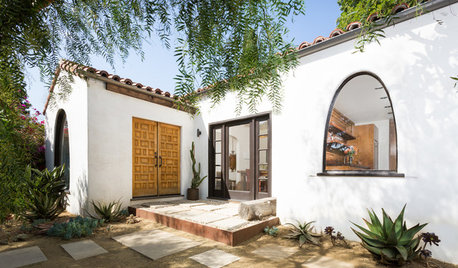
BEFORE AND AFTERSHouzz TV: See Recycled Walls and Cool Cassette Art in a Woodsy DIY Home
Walnut countertops join hardwood floors and pieces made from leftover framing in a bright Spanish colonial
Full Story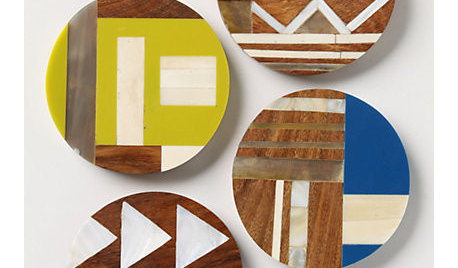
Guest Picks: Chic Wooden Kitchen Accessories
Warm up a kitchen with accessories in walnut, acacia, olive wood and more
Full Story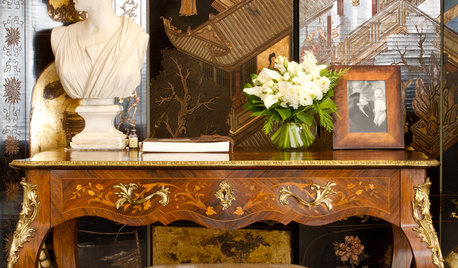
DECORATING GUIDESFinish Rooms the Elegant Way With Marquetry Furniture
Go all-out fancy or subtly refined. With endless inlaid patterns to choose from, the level of artistry is up to you
Full Story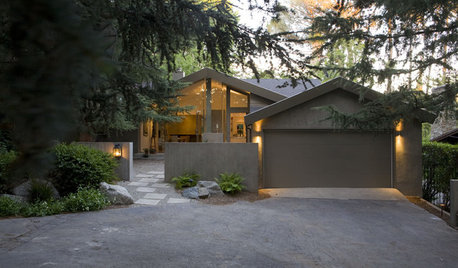
ARCHITECTURE5 Ranch Homes With Modern-Day Appeal
See how the classic American ranch is being reinterpreted outside and in for today's design tastes
Full Story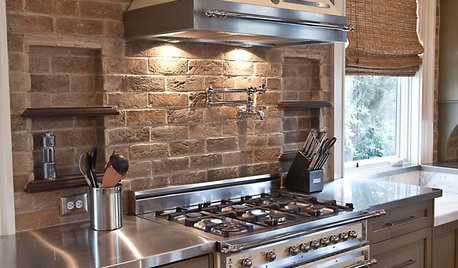
KITCHEN DESIGNYes, You Can Use Brick in the Kitchen
Quell your fears of cooking splashes, cleaning nightmares and dust with these tips from the pros
Full StorySponsored
Columbus Area's Luxury Design Build Firm | 17x Best of Houzz Winner!
More Discussions






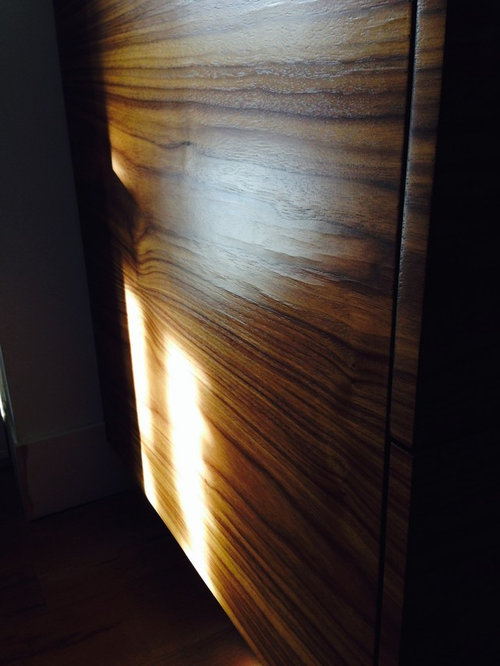
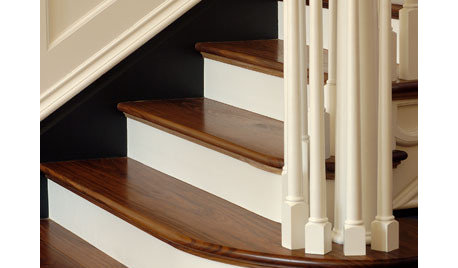
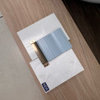
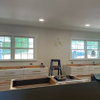
SiloxaneOriginal Author
CEFreeman
Related Professionals
Bloomington Kitchen & Bathroom Designers · King of Prussia Kitchen & Bathroom Designers · Moraga Kitchen & Bathroom Designers · Deerfield Beach Kitchen & Bathroom Remodelers · Glendale Kitchen & Bathroom Remodelers · Turlock Kitchen & Bathroom Remodelers · Middlesex Kitchen & Bathroom Remodelers · Langley Park Cabinets & Cabinetry · Homer Glen Cabinets & Cabinetry · Los Altos Cabinets & Cabinetry · Riverbank Cabinets & Cabinetry · Tacoma Cabinets & Cabinetry · Tenafly Cabinets & Cabinetry · Hermiston Tile and Stone Contractors · Bell Design-Build Firmslive_wire_oak
SiloxaneOriginal Author
Joseph Corlett, LLC
nightowlrn
ajc71
SiloxaneOriginal Author
live_wire_oak
Bunny
SiloxaneOriginal Author
SiloxaneOriginal Author
SiloxaneOriginal Author
Bunny
ajc71
GauchoGordo1993
Joseph Corlett, LLC
Zivman
User
Zivman
jerzeegirl
Fori
ajc71
SiloxaneOriginal Author
sombreuil_mongrel
akshars_mom
SiloxaneOriginal Author
kompy
akshars_mom
Joseph Corlett, LLC
CEFreeman
sombreuil_mongrel
Joseph Corlett, LLC
jerzeegirl
SiloxaneOriginal Author
Vertise
SiloxaneOriginal Author
chiefneil